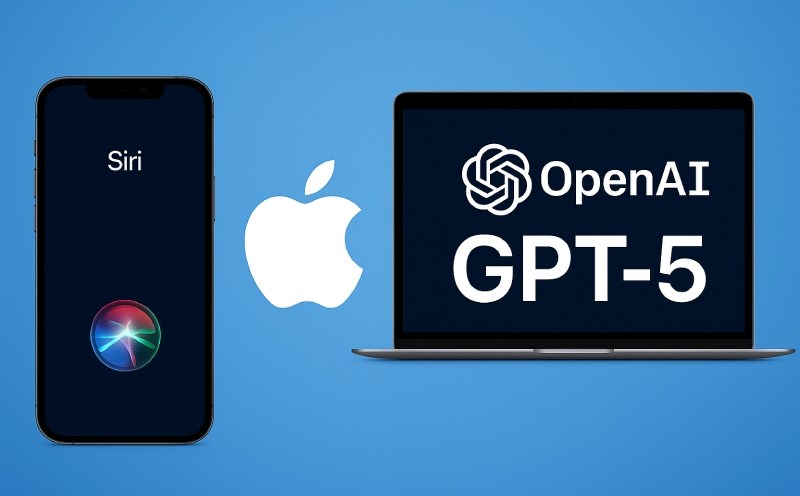New performance and limitations
After launching the fastest and most powerful AI model today, GPT-5, OpenAI continues to add a series of upgrades to ChatGPT, according to indianexpress.
CEO Sam altman announced on X that GPT-5 paying users can choose between three modes: Automatic (Auto), fast (Fast) and Thinking (Thinking).
"Automotive" mode will let the system decide the appropriate model for each task. Quickly prioritize response speed.
While the "Think" mode aims for deeper, richer analytical answers. Most users only need "Automotive" mode, but the remaining options are useful for those who want more control over how AI responds, altman said.
GPT-5 comes with a real-time routing set, automatically selecting the optimal model for each requirement. However, altman himself admitted that ChatGPT performance has recently declined somewhat and pledged more transparency about the model being used in response.
OpenAI also increased the speed limit for GPT-5 Thinking mode to 3,000 messages per week, with a maximum context of 196,000 token (the smallest unit the model uses to process and understand text).
When the limit is reached, the system will automatically switch to GPT-5 Thinking mini. The company noted that this limitation may vary depending on the level of use.
user experience and access issues
Mr. altman said that GPT-5 will have a " warmer appearance" than it is now, but not as uncomfortable as some responses from GPT-4o.
Users of the ChatGPT Plus, Pro, Teams, and Enterprise packages can switch to GPT-4o if they want, but this feature will not be provided to free users.
Some users have asked OpenAI to bring GPT-4o back right after GPT-5 was launched, and there have even been cases of canceling payment registration. This shows that, as AI becomes stronger, experience and choice are still key factors to retain users.











